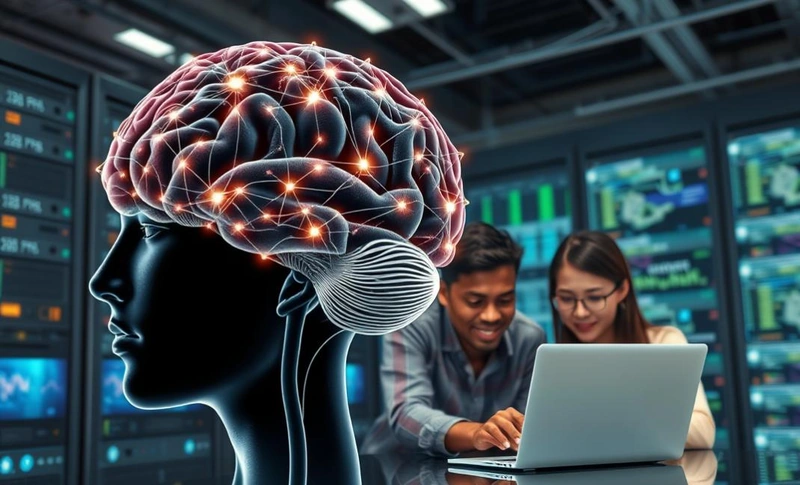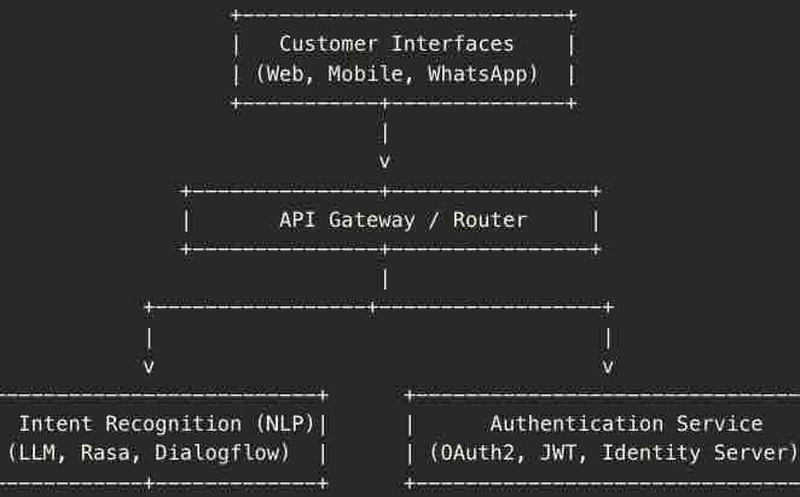What is RAG ?
RAG

Retrieval-Augmented Generation (RAG) in AI: Transforming How Machines Access and Use Knowledge
In the rapidly evolving field of artificial intelligence (AI), one technique has emerged as a game-changer in enhancing the quality and relevance of machine-generated content—Retrieval-Augmented Generation, commonly known as RAG. This approach blends the strengths of traditional information retrieval with modern language generation models, offering a powerful solution for producing accurate and contextually rich responses.
What is RAG?
Retrieval-Augmented Generation is a hybrid AI architecture that combines retrieval-based and generative methods. Unlike conventional language models that rely solely on the information encoded during training, RAG models dynamically fetch relevant data from an external knowledge base (such as a document store or database) in real time. This data is then used to generate more informed and precise outputs.
How Does It Work?
The RAG process can be broken down into two main components:
Retrieval
- When given a query, the model first retrieves relevant documents or text passages from a predefined knowledge source. This retrieval is typically performed using semantic search techniques that go beyond simple keyword matching.
Generation
- The retrieved information is then passed to a generative language model (like GPT or BERT-based variants) which synthesises the final output. The generation step is context-aware, meaning it incorporates both the user's query and the retrieved information.
Why is RAG Important?
RAG addresses some key limitations of traditional large language models:
Up-to-date Knowledge
- Since RAG can query external sources, it can provide more current and accurate information, especially useful in fast-changing domains like healthcare, finance, and cybersecurity.
- Improved Accuracy
- It reduces hallucination—where AI generates plausible but incorrect information—by grounding responses in real, verifiable documents.
Domain Adaptability
- Organisations can tailor RAG systems to specific knowledge bases, allowing for custom AI solutions that are deeply informed by internal documentation or industry-specific content.
Real-World Applications
Customer Support
- RAG models can enhance chatbots by fetching relevant help articles and providing accurate responses.
- Legal and Compliance
- They can search through legal documents and generate summaries or answers based on real statutes and case law.
Healthcare
- Clinicians can use RAG-enabled systems to query up-to-date medical literature when making decisions.
Enterprise Search
- Employees can interact with internal knowledge bases more effectively, getting precise answers from vast document repositories.
Challenges and Considerations
While promising, RAG models come with challenges:
- Latency: Fetching and processing documents in real time can increase response time.
- Relevance Ranking: Poorly retrieved documents can negatively impact the final output.
- Security and Privacy: When accessing sensitive or proprietary databases, strict controls must be in place.
The Future of RAG
As organisations continue to adopt AI tools, RAG is poised to become a cornerstone of intelligent systems. The combination of reliable retrieval with human-like generation creates tools that are not only smarter but also more trustworthy.
RAG is not just a technical advancement—it’s a shift in how machines can reason with real-world information, making AI systems more grounded, useful, and aligned with human needs.
#RAG #AI #ArtificialIntelligence #MachineLearning #NaturalLanguageProcessing #TechInnovation #KnowledgeManagement #SemanticSearch #GenerativeAI






